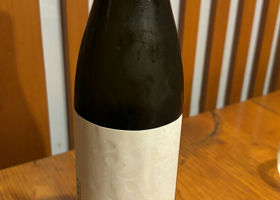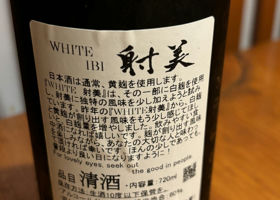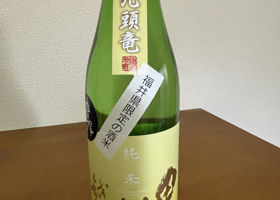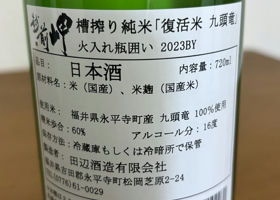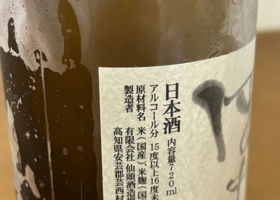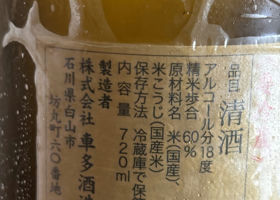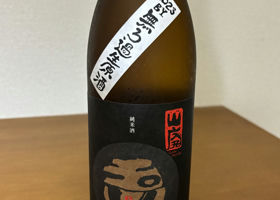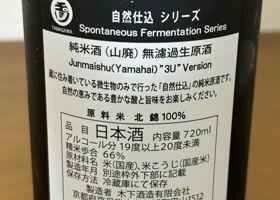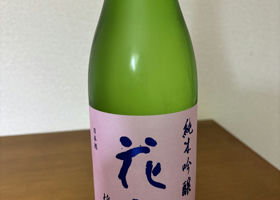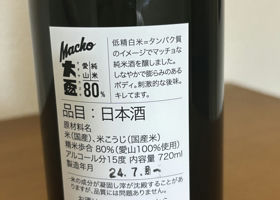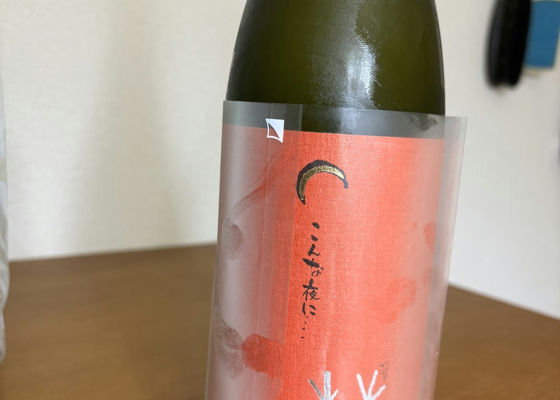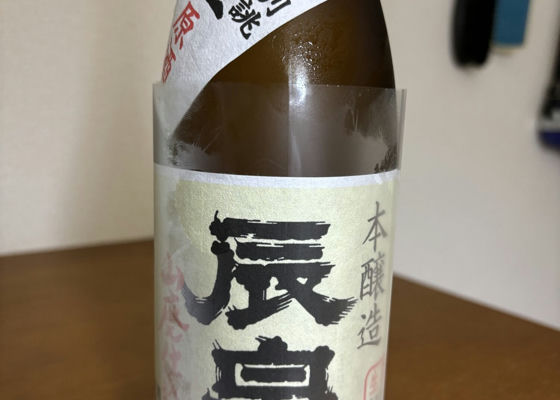Kamoshibitokuheiji純米大吟醸 うすにごり生

Kab
It has a white wine-like aroma.
When you drink it, you can still smell the wine-like grape aroma, but the alcohol taste is stronger.
The alcohol taste is dominant and pulls it up.
As a food wine, it goes well with meat dishes (stewed pork belly), but it gives the impression of being halfway matured, like a good honjozo, and should probably be drunk when it is first shipped or after one to several years.
Japanese>English
